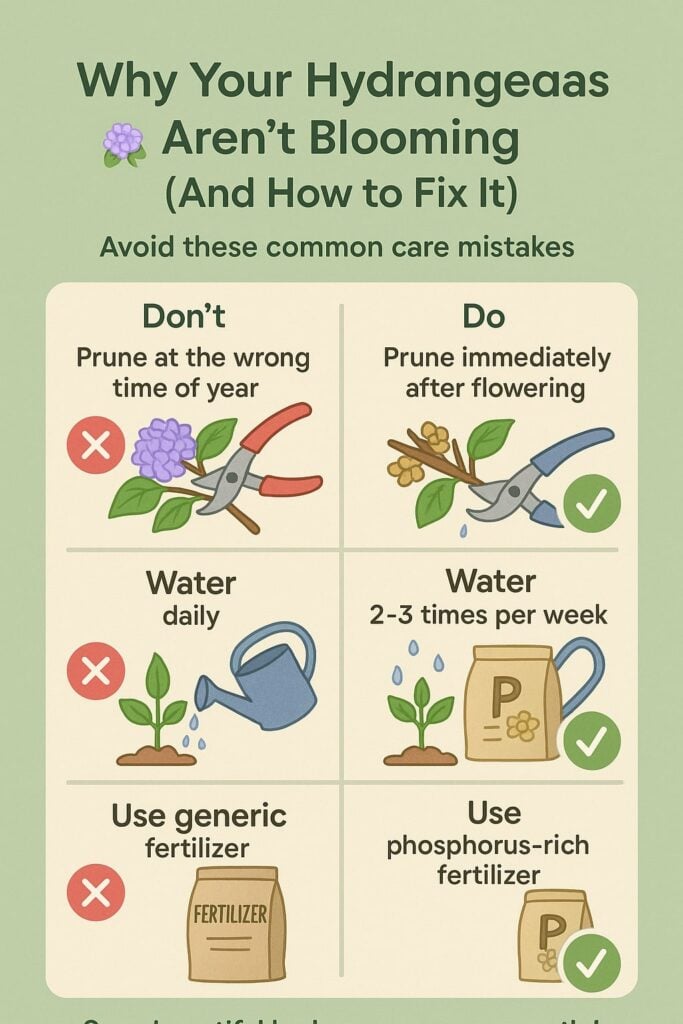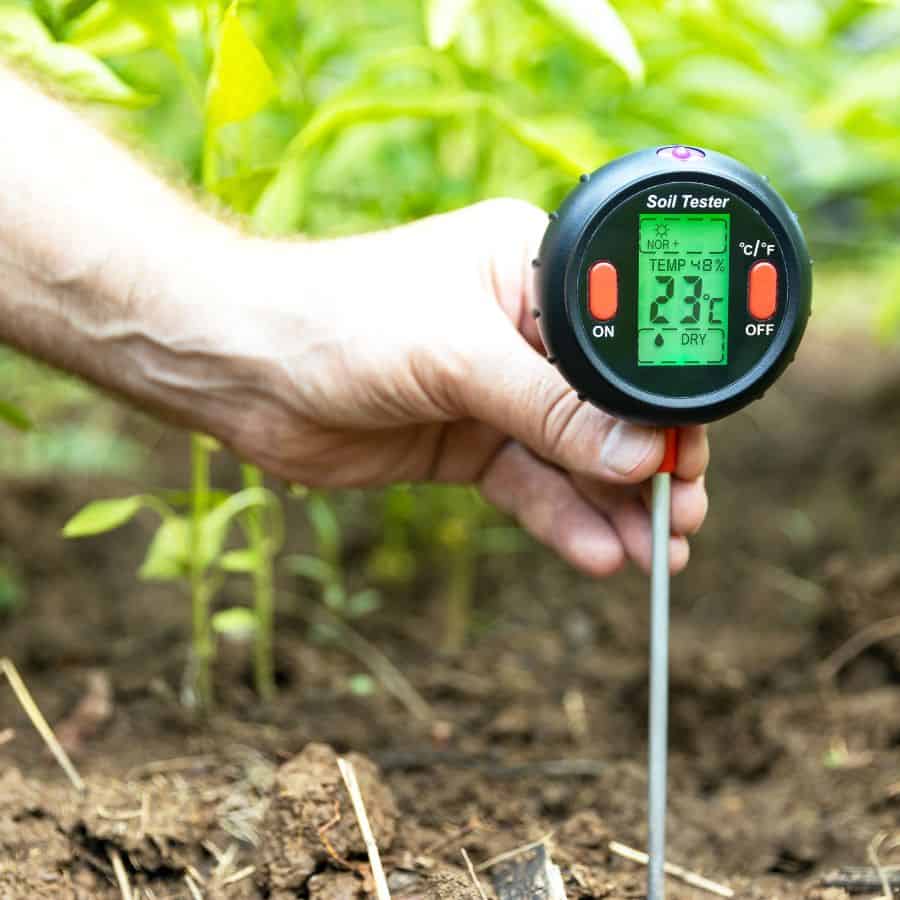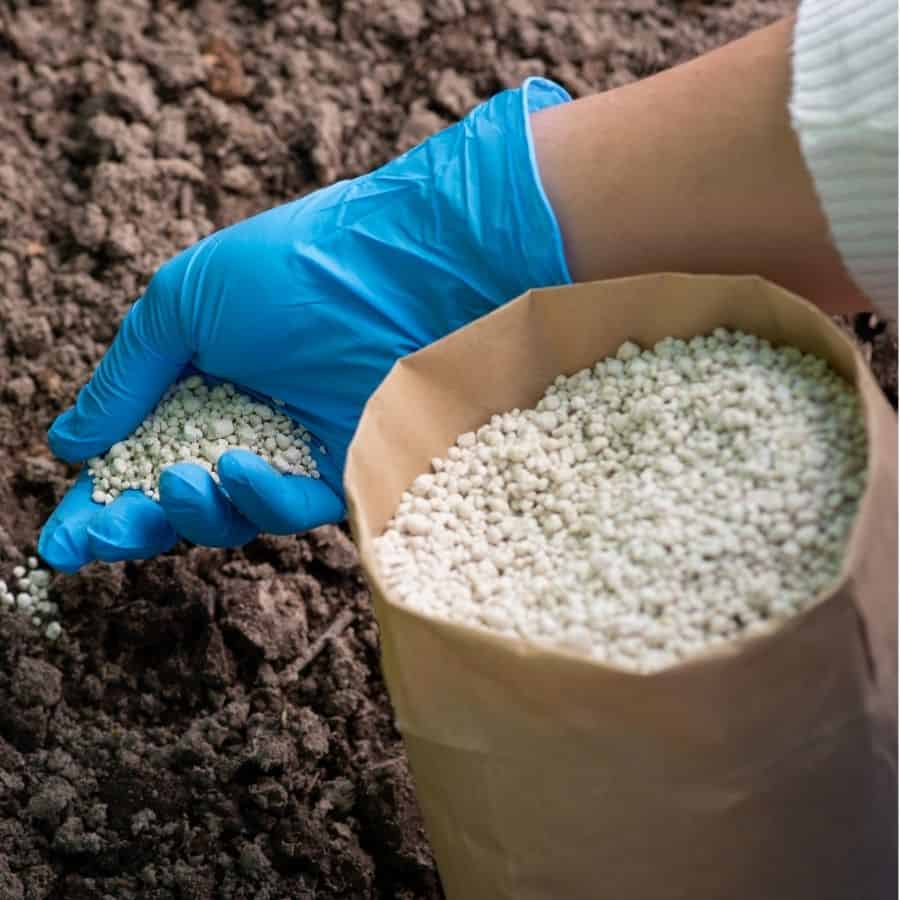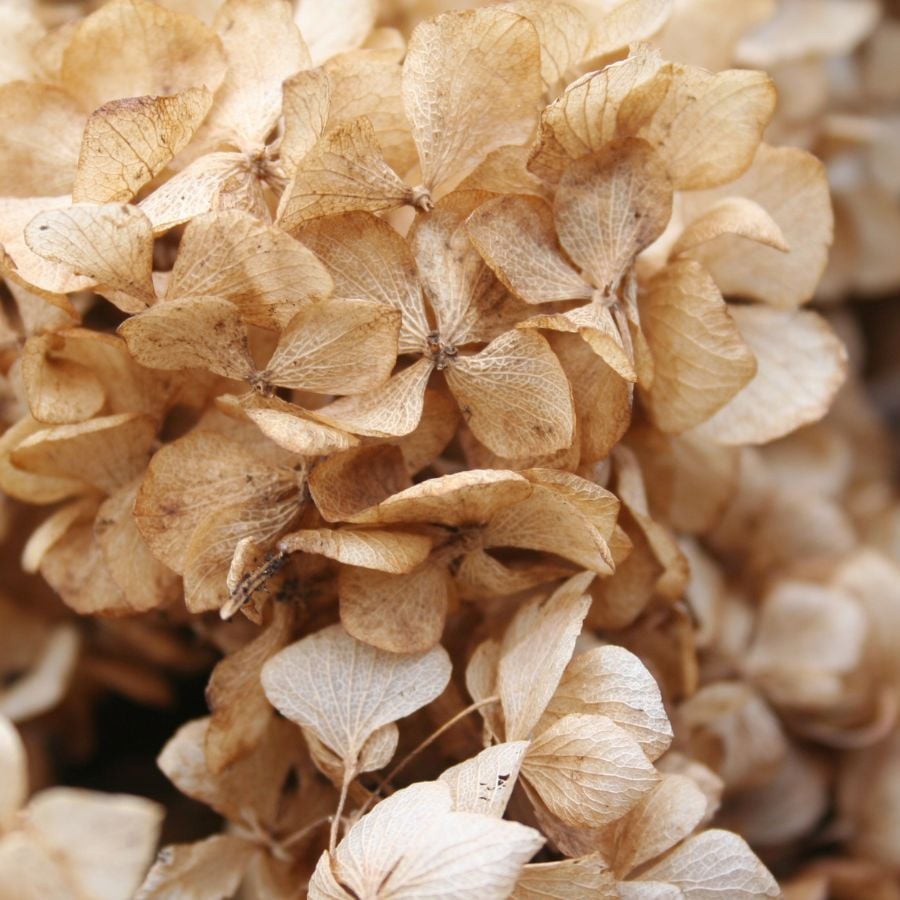
Picture this: your neighbor’s hydrangeas look like they belong in a magazine spread, while yours resemble sad little puffs struggling to make a statement.
The secret most plant experts won’t tell you is that spectacular hydrangea blooms aren’t about luck or having a “green thumb.”
They’re about understanding seven critical factors that separate amateur gardeners from the pros.
Here’s a shocking statistic: Over 70% of hydrangea disappointments stem from just three easily fixable mistakes. I’m about to share the game-changing formula that transforms struggling shrubs into neighborhood showstoppers.
1. Test Your Soil’s pH Level
Forget what you’ve heard about hydrangeas being “easy” plants. These beauties are pH perfectionists, and most gardeners ignore this crucial factor entirely.
Think of soil pH like a key that unlocks your plant’s ability to absorb nutrients, without the right pH, you’re essentially starving your hydrangeas.

The magic number? pH between 5.2 and 5.5 for most varieties. This slightly acidic environment is like creating a five-star restaurant for your plants’ root systems. You can grab an inexpensive soil test kit at any garden center, and trust me, this 10-minute test will save you years of frustration.
2. Master Aluminum Uptake for Vibrant Blues
Here’s where things get fascinating: the secret to those jaw-dropping blue hydrangeas isn’t blue pigment: it’s aluminum!
Your hydrangeas are little chemists, using aluminum in acidic soil to create those stunning blue tones that make people stop.
If your soil lacks aluminum or the pH is too high, those blooms will fade to disappointing pinks or whites. Adding aluminum sulfate to your soil is like giving your hydrangeas the perfect paintbrush to create their masterpiece.
3. Adjust Soil pH When Necessary
The difference between amateur and pro plant parents is simply knowing how to manipulate soil chemistry. If your soil test reveals you’re outside that optimal range, don’t panic – this is totally fixable.
Use elemental sulfur or aluminum sulfate to lower the pH and create that acidic paradise that hydrangeas crave. Need to raise pH? Garden lime is your best friend. Think of this like adjusting the seasoning in a recipe – small changes create dramatic results.
4. Create a Strategic Watering Schedule
Your hydrangeas are trying to tell you something important: they’re the “water babies” of the garden world.
These thirsty beauties need consistent moisture but hate having wet feet. It’s like they want to drink from a steady stream, not sit in a puddle.
During dry spells, deep watering 2-3 times per week beats daily shallow sprinkles every time. The goal is to keep soil consistently moist but never waterlogged, which can lead to devastating root rot.
5. Choose High-Phosphorus Fertilizer
Most people make this mistake with their hydrangeas: they grab whatever fertilizer is on sale and wonder why they get all leaves and no blooms.

The breakthrough for spectacular flowering is selecting a phosphorus-rich fertilizer that prioritizes blooms over foliage.
Apply in early spring when plants wake up from winter dormancy, then again before mid-summer to fuel continued blooming. It’s like giving your plants the exact nutrients they need to put on their best show.
6. Understand Your Variety’s Pruning Needs
I was shocked to discover that improper pruning kills more potential blooms than any other single factor.
Here’s the revelation that changed everything for me: many hydrangeas form next year’s flowers on this year’s stems.
Prune at the wrong time, and you’re cutting off next season’s spectacular display. The golden rule? Prune immediately after blooming and before the growing season ends. Your future self will thank you when abundant blooms surround you.
7. Remove Only Dead and Old Wood
Think of pruning like giving your hydrangeas a strategic haircut rather than a buzz cut. Focus on removing dead, damaged, or overcrowded stems to improve air circulation and sunlight penetration.

This gentle approach allows your plants to direct energy toward creating those lush, voluminous blooms you’re dreaming of. Remember, hydrangeas respond better to subtle guidance than dramatic intervention.
The game-changer for your hydrangeas isn’t some expensive miracle product – it’s understanding these seven environmental factors and working with your plants’ natural tendencies.
When you create the right conditions, hydrangeas transform from struggling survivors into thriving showstoppers that become the envy of every gardener in your neighborhood.